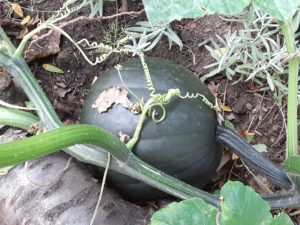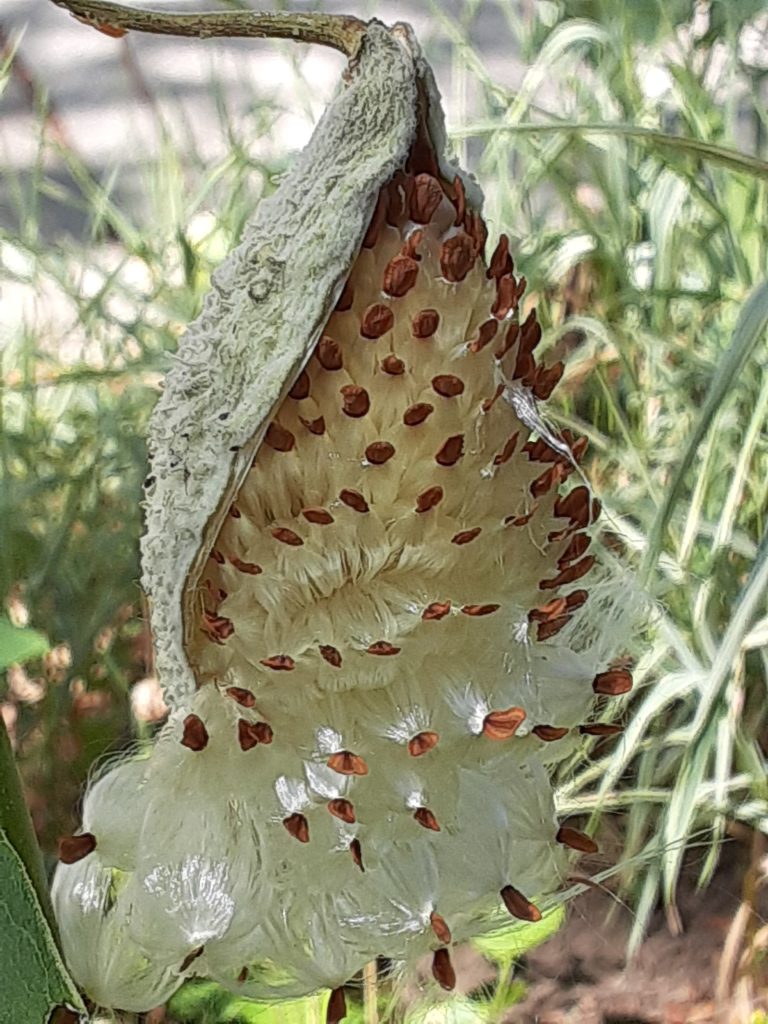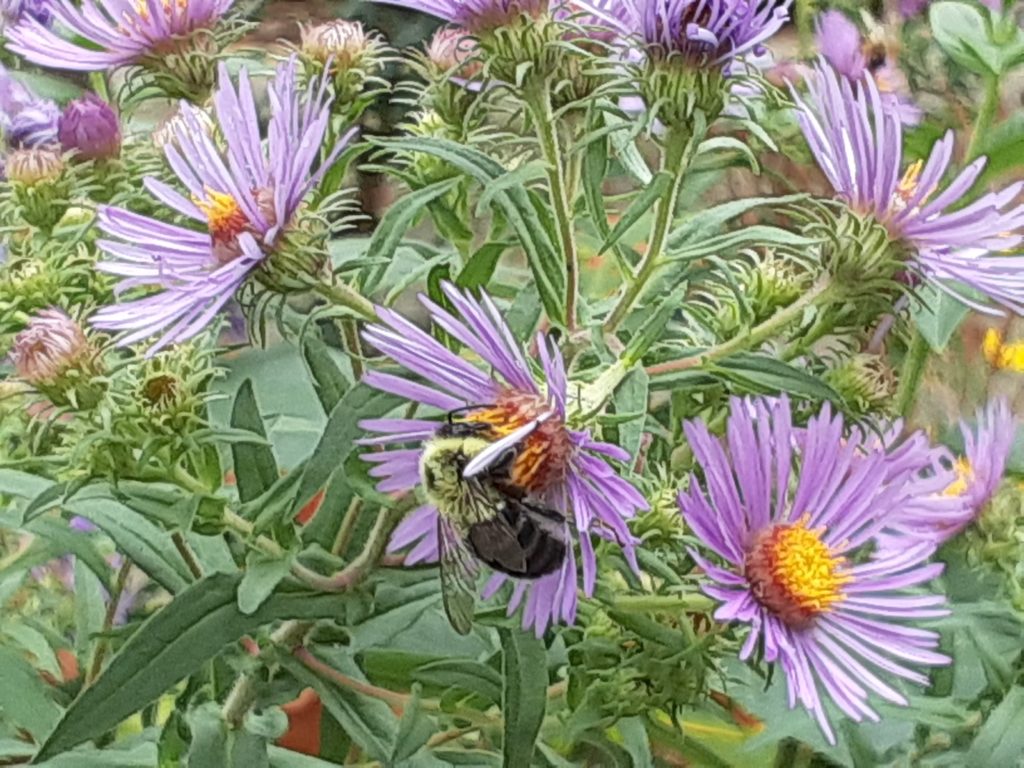This morning a sense of turning. The sunlight slightly muted, the clouds luminous but shadowed underneath. A cool undercurrent on the breeze. Two days ago robins massed in the cedars, and today they have gone. Birdcast (a wonderful resource powered in part by the Cornell Lab of Ornithology) reports a peak of bird migration is expected tonight, with 337 million birds expected to cross the night sky, navigating by the signals (cues in the quality of light, currents in the air and soil) that send them south.
Those of us who are earthbound prepare in our own way. I gather my preserving equipment and assess the ripening crabapples. It is time to pick sumac. On some bright, breezy day next week I will harvest my herbs and hang them to dry. In the coming weeks it will be time to make preserves.
I need to stain the front porch, and do some tuck-pointing of the bricks.
 One of my major projects this year has been establishing a natural garden at the circle park down the street. This work has been supported by the efforts of many community members as well as the City of Toronto, which provided us with a starter set of native plants. The park, long a desolate and derelict space, has been transformed into a living landscape of native plants and shrubs that has hosted many native species of bees, butterflies and other insets. Early in the summer I brought over all my not-quite-finished compost, figuring it would continue to break down in the soil, adding much-needed nutrients to support the new plants. As a bonus, a surprising number of garden plants have self-seeded, including tomatoes, dill, and several kinds of vines. This morning the melons and squash look ready for harvest; the pumpkin, still green, is nearly the size of a soccer ball; and the tomatoes (possibly Black Krims or, more likely, Green Zebra) are developing their distinctive stripes.
One of my major projects this year has been establishing a natural garden at the circle park down the street. This work has been supported by the efforts of many community members as well as the City of Toronto, which provided us with a starter set of native plants. The park, long a desolate and derelict space, has been transformed into a living landscape of native plants and shrubs that has hosted many native species of bees, butterflies and other insets. Early in the summer I brought over all my not-quite-finished compost, figuring it would continue to break down in the soil, adding much-needed nutrients to support the new plants. As a bonus, a surprising number of garden plants have self-seeded, including tomatoes, dill, and several kinds of vines. This morning the melons and squash look ready for harvest; the pumpkin, still green, is nearly the size of a soccer ball; and the tomatoes (possibly Black Krims or, more likely, Green Zebra) are developing their distinctive stripes.
Soon, though, the garden will start to go dormant, and I am looking forward to ensuring it has a good cover of mulch to protect tender roots throughout the winter. But until then the asters, just beginning to flower, will bloom all wild and wooly, feeding wasps and bees right up until frost.

